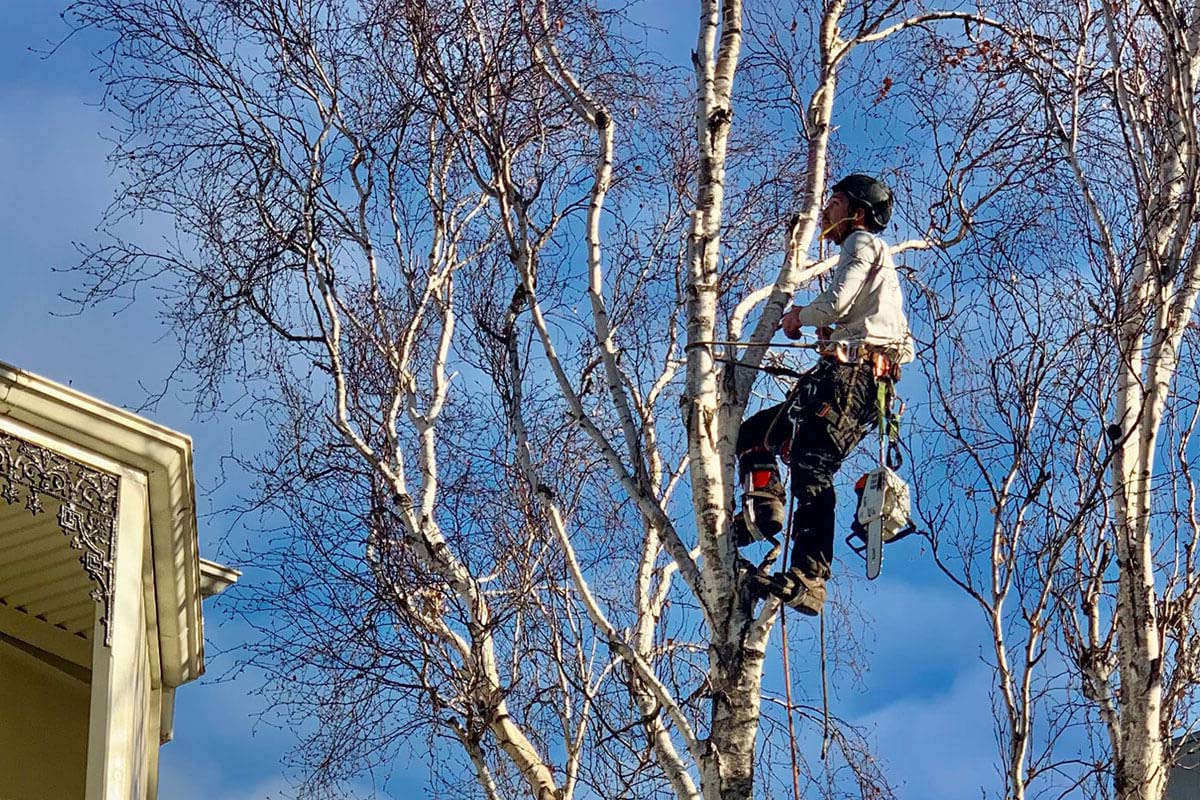
Ahoy there, mateys! If you’re on the lookout for an exhilarating online slot experience, look no further than Pirate Kingdom Megaways. This treasure-themed slot game, developed by Iron Dog Studio, has captured the hearts of players around the globe since its release on November 12, 2019. With its captivating graphics, engaging gameplay, and impressive winning potential, it’s no wonder that this game has become a fan favourite. In this article,...





